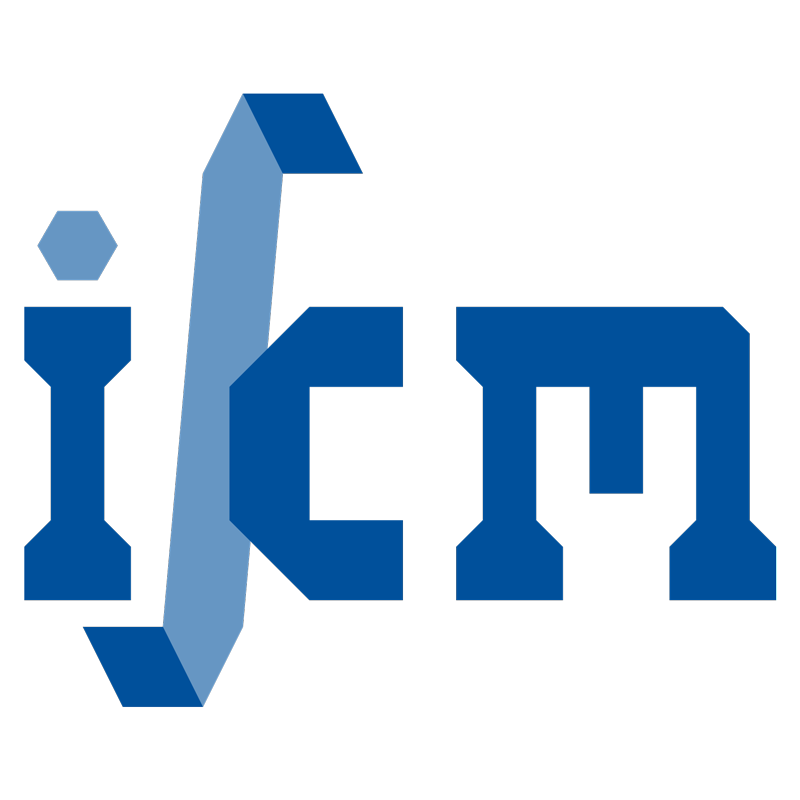Comparison of thermodynamic topology optimization with SIMP
- verfasst von
- Dustin Roman Jantos, Christopher Riedel, Klaus Hackl, Philipp Junker
- Abstract
Computationally efficient approaches to topology optimization usually include heuristic update and/or filtering schemes to overcome numerical problems such as the well-known checkerboarding phenomenon, local minima, and the associated mesh dependency. In a series of papers, Hamilton’s principle, which originates from thermodynamic material modeling, was applied to derive a model for topology optimization based on a novel conceptual structure: utilization of this thermodynamic approach resulted in an evolution equation for the local mass distribution as the update scheme during the iterative optimization process. Although this resulted in topologies comparable to those from classical optimization schemes, no direct linkage between these different approaches has yet been drawn. In this contribution, we present a detailed comparison of the new approach to the well-established SIMP approach. To this end, minor modifications of the original thermodynamic approach yield an optimization process with a numerical efficiency that is comparable to that of SIMP approaches. However, a great advantage of the new approach arises from results that are parameter- and mesh-independent, although neither filtering techniques nor gradient constraints are applied. Several 2D and 3D examples are discussed and serve as a profound basis for an extensive comparison, which also helps to reveal similarities and differences between the individual approaches.
- Externe Organisation(en)
-
Ruhr-Universität Bochum
- Typ
- Artikel
- Journal
- Continuum Mechanics and Thermodynamics
- Band
- 31
- Seiten
- 521-548
- Anzahl der Seiten
- 28
- ISSN
- 0935-1175
- Publikationsdatum
- 27.08.2019
- Publikationsstatus
- Veröffentlicht
- Peer-reviewed
- Ja
- ASJC Scopus Sachgebiete
- Allgemeine Materialwissenschaften, Werkstoffmechanik, Allgemeine Physik und Astronomie
- Elektronische Version(en)
-
https://doi.org/10.1007/s00161-018-0706-y (Zugang:
Geschlossen)


